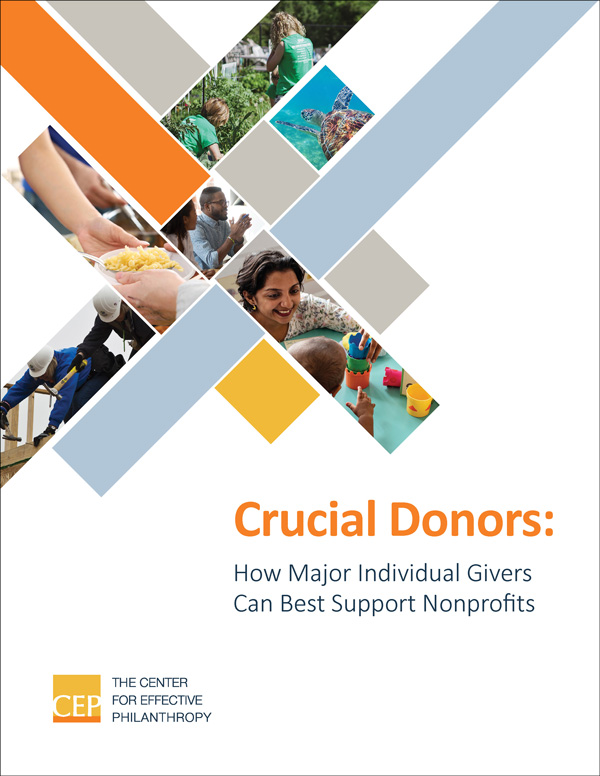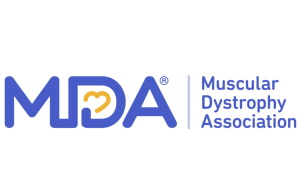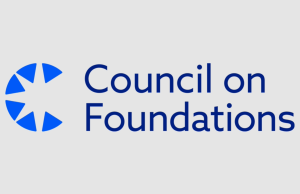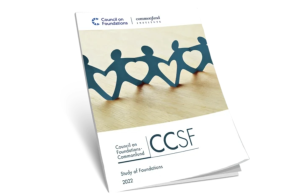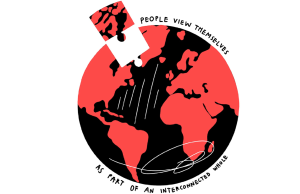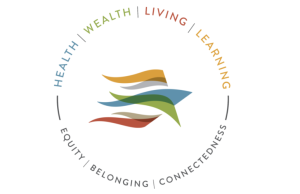Major donors are becoming more important for charities as the number of smaller-dollar donors declines. And, big gifts from donors are preferred by nonprofit leaders, as compared to foundation funding.
“Crucial Donors: How Major Individual Givers Can Best Support Nonprofits,” released today by The Center for Effective Philanthropy (CEP), delves into survey results of nonprofit leaders about major gifts. The 20-page report from the Cambridge, Mass.-based CEP cited three central findings:
- Relationships matter. The most common trend that nonprofit leaders expect to see in how their organizations will work with major donors in the next five years is an increased focus on relationships with all major donors.
- There is an understanding gap. Nonprofit leaders believe major donors need to understand their organizations and the context of their work better than they currently do. While donors might not have the time to understand all the intricacies of a nonprofit’s work, nonprofit leaders suggested focusing on understanding the organization’s goals, asking about its greatest needs, and understanding the issue area(s) in which it works.”
- Nonprofits most need multiyear commitments, unrestricted gifts, and support beyond money. One of the most common suggests from nonprofit leaders about what major donors can start doing to help nonprofits do their best work is to provide multiyear commitments.
Nonprofit leaders prefer major donor funding to foundation funding, with some 61 percent responding to a new survey that they would prefer to receive more funding from major donors compared with just 8 percent who would prefer to receive more from staffed foundations. Almost a third (31 percent) would prefer to receive equal amounts of funding from major donors and foundations.
And it’s no wonder, because major donors provide more unrestricted funding – the Holy Grail for nonprofits. More than half of nonprofit leaders (54 percent) said most or all of their organizations’ major donors provide unrestricted funding compared with half as many (27 percent) who said most or all of their organizations’ staffed foundations do.
One of the most common suggestions from nonprofit leaders is for donors to stop trying to exert too much influence on the organization. Developing a better understanding of a nonprofit and its context can help major donors provide the support that the organization truly needs and help ensure that both donors and nonprofits are working in partnership toward the same ends.
While more than 90 percent of nonprofit leaders said it’s very or extremely important for them to provide repeated support, only about three in five said leaders said most or all of their organizations’ major donors do so.
Sometimes help for an organization can go beyond money. The majority of nonprofit leaders wanting support or more support believe volunteer time or pro bono services from major donors would be most helpful, as well as finding assistance with fundraising, such as introductions to other people in the donors’ networks, hosting or helping with fundraising events and serving as ambassadors.
Results were based on 198 responses to surveys sent to 633 nonprofit leaders late last year. During the most recent fiscal year, more than 7 out of 10 nonprofits surveyed received a gift of $7,500 or more from at least one individual donor. CEP also asked respondents for the giving amount at which their organizations consider an individual donor to be a major donor and the average response was $6,603.
Major donors were defined as “individual donors who give $7,500 or more to an organization in a given year.” Individual donors are those who “give to your organization directly or give to your organization through donor-advised funds at community foundations/commercial financial institutions.”
The median gift size that nonprofits consider to be a major gift is between $5,000 and $9,999, according to MarketSmart’s 2017 Major Gifts Fundraising Benchmark Study. CEP chose the middle of that range for the study’s threshold.

